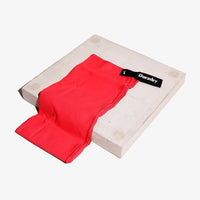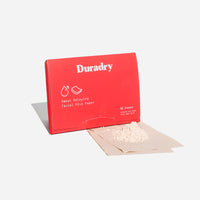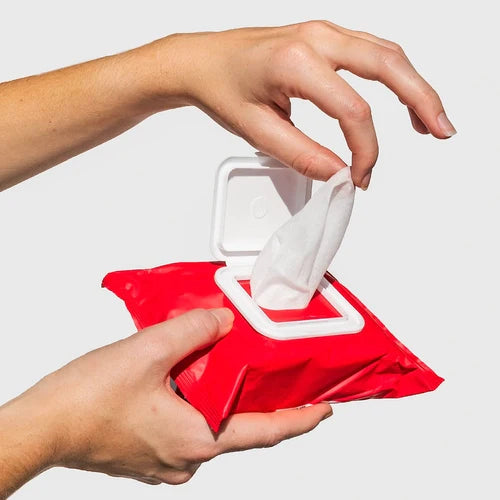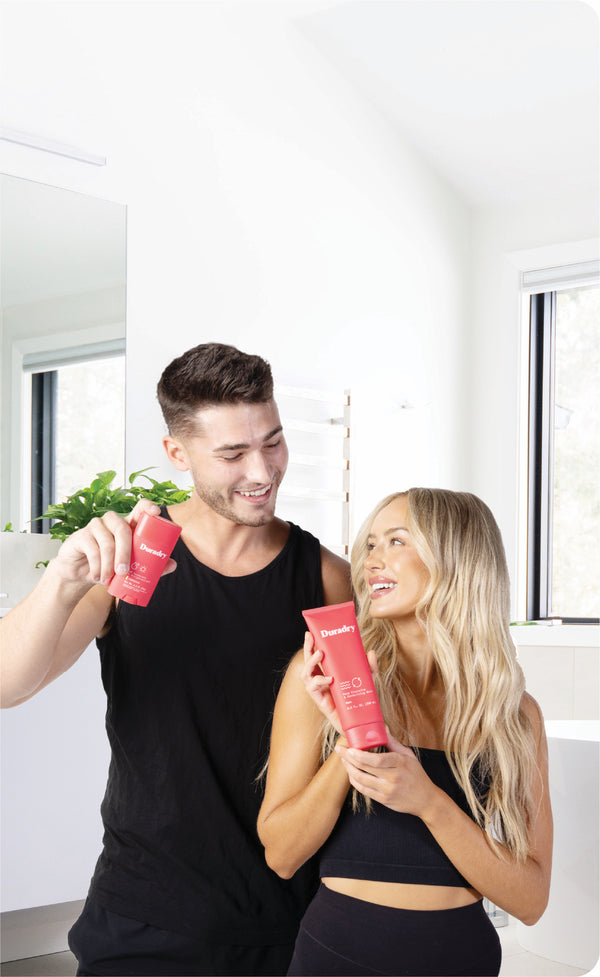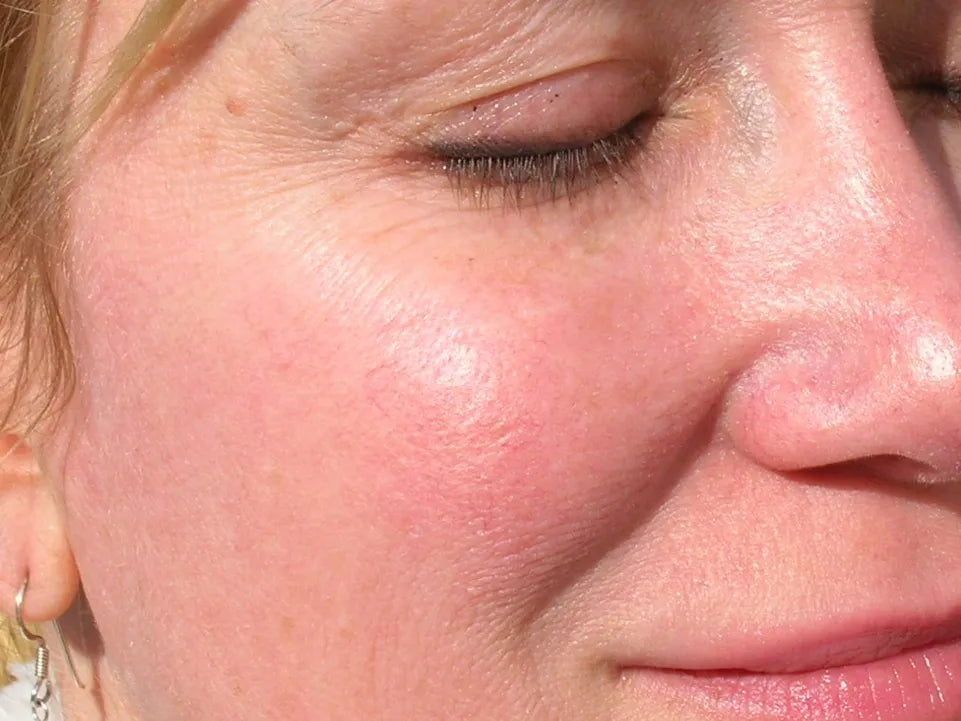Itching on your face and other parts of the body such as your legs or hands when you do excercise or there is an increase in your body temperature, may be more common than you think, so don't freak out and let´s see why this happen.
Causes of burning face when sweating
1. Blood vasel dilation
As you work out, your breathing rate and heart rate both increase, and your blood vessels may dilate as blood is pumped more quickly around your body.
When doing sports, we increase the pressure of the blood flow to bring more blood to the muscles so they can work properly. Our heart begins to beat faster, and the capillaries also begin to stimulate themselves with the reception of more blood. Those much-needed movements are what our body interprets as itching, but it really wouldn't be worrisome.
As the blood vessels in the face are relatively close to the surface of your skin, dilation of these vessels can cause your face to appear red and feel hot or burning.

2.Cholinergic urticaria
Cholinergic urticaria is an allergic reaction to a substance found in human sweat. The symptoms include small, pruritic lesions ranging from 1-3 mm in diameter, with a pronounced erythematous flare. The lesions usually start within minutes of exposure to the trigger stimulus and disappear within 90 minutes after the activity has stopped.
People with cholinergic urticaria often sweat profusely. The increased temperature causes an itchy, burning sensation. The rash appears within a few minutes of sweating and tends to be worse on the face and chest. Symptoms can be quite severe and may interfere with daily activities. Some people may also experience abdominal cramps or headaches.
Cholinergic urticaria is more common in people with other medical conditions, such as asthma and allergies. It can also cause low blood pressure and bronchospasm. People with these conditions should take measures to prevent the occurrence of cholinergic urticaria.
A doctor can prescribe antihistamines to help reduce the symptoms and prevent them. A lifestyle change and avoidance of triggers can help to reduce the severity of cholinergic urticaria.
Prickly heat
Prickly heat is a common skin rash that develops when the small sweat ducts that carry sweat to the surface of the skin become blocked. The sweat then becomes trapped, causing itching, irritation, and small blisters. It's common in children and people in warm climates, and can be very painful.
Heat rash, also known as prickly heat, can cause skin to burn and sting when it's hot and humid. It's not dangerous, but it can be annoying and uncomfortable. Young children and babies are more likely to get heat rash than adults. It's also more common in active people who spend a lot of time in a hot place.
Heat rash is usually temporary and clears up on its own, but the symptoms can mimic many other conditions, so you need to be careful and be sure to tell your healthcare provider about your discomfort. Your healthcare provider will perform a physical exam and look at your skin to rule out other conditions. If the symptoms persist, they may recommend a skin biopsy. This procedure involves scraping a small piece of skin and sending it to a lab for analysis. Your treatment plan will depend on your age, general health, and the severity of your prickly heat.

Why it can get worse?
A sensation of facial burning can be caused by excessively hot or cold temperatures when you exercise. Additionally, high or low humidity can cause a red, itchy or burning face. If you exercise in hot weather or in an overheated gym, you will sweat more and your facial blood vessels may rise nearer the surface of your skin, creating a burning sensation.
Direct sun, very dry air and very cold weather can also cause similar symptoms.
What can relieve it?
Anhydrous lanolin is a natural ingredient that is often found in nipple creams. It prevents sweat duct blockage and can also help sooth itchiness. It's usually obtained from sheep's wool. But before you apply it to your face, test it on an inconspicuous area first.
Wool fat, or lanolin, is derived from wool and has low water solubility. However, it can be emulsified with other bases to make it more viscous. Wool alcohol is another type of lanolin, which is a combination of wool fat and water with no emulsion. The hydrous version has a lower concentration of cholesterol than wool fat.
Lanolin is produced by the sebaceous glands of wool-bearing animals. It is an important ingredient in cosmetics and is widely used in skincare products.
Using a good moisturizer on a regular basis can help too, as other common cause of a burning sensation when sweating is dry skin. The skin of the face is especially prone to becoming dry because it is sensitive and constantly exposed to the environment.


